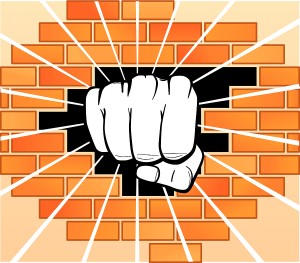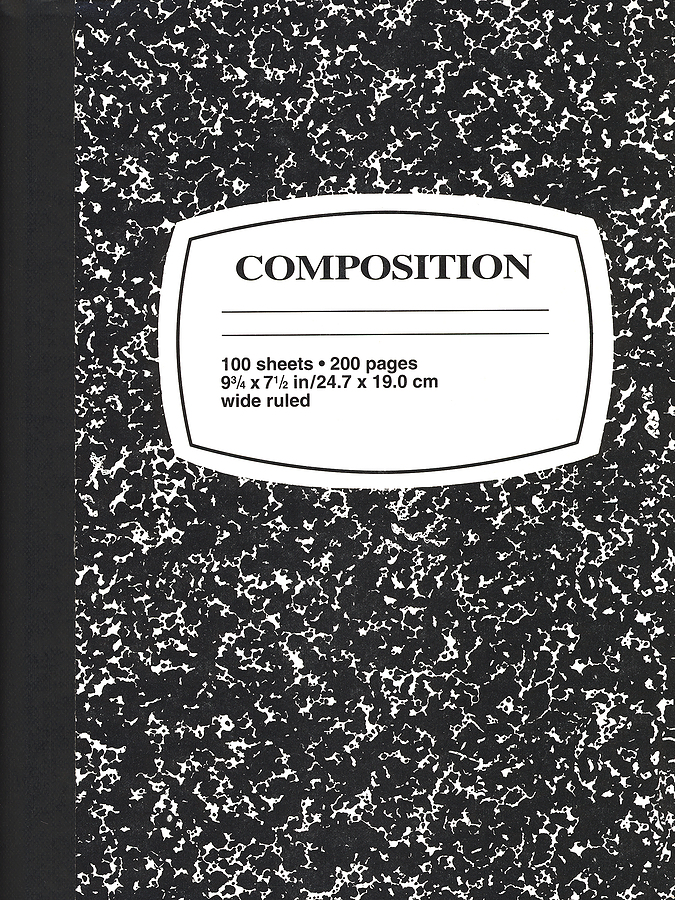Breaking a Solution Ahead of Time
When it comes to business practices, what you’re confident about today may be proven wrong tomorrow. I’ll explain.
When I was a kid, I’d go to the candy store and spin the squeaky, revolving rack of comic books to see if it held a new issue of “Sergeant Fury,” “Captain America,” “Iron Man,” “Spider-Man,” or “Thor.” If I spotted one, I’d stare at its cover for a minute or two to get a sense if the story hidden inside promised to be worth twelve cents (or twenty-five cents for a double issue).
 Why didn’t I judge the comic by thumbing through it? If I tried, the store owner would lean over his counter and shout: “This isn’t a library. Are you looking or buying?”
Why didn’t I judge the comic by thumbing through it? If I tried, the store owner would lean over his counter and shout: “This isn’t a library. Are you looking or buying?”
I’d be forced into buying, because “looking” was akin to theft.
When I was growing up, most stores dissuaded you from sampling a product. Their reasoning? Maybe they thought if you got even a taste for free you wouldn’t value the product enough to pay for it. Maybe they wanted customers to absorb the transactional risk and judge the quality of a product on their own dime.
Such thinking now, of course, is considered unenlightened. It hinders sales. Instead of keeping products away from customers, businesses try hard to get them into people’s hands.
Want to play around with a software program? No problem. Go for the free ninety-day trial and see if you like it. Want to know if a certain car hugs the road? Don’t sweat it. Take the auto home for a few days and test it.
Going from the “no sample” strategy to the “try the complete product for free” strategy is a radical about-face. But you and I have seen other strategy reversals just as drastic.
Years ago, it was assumed that the smartest person in most companies was the leader. After all, the leader was in charge of the organization for a reason. In many organizations, that thinking has now changed. They believe in the genius of the group, and think its people are smarter in the aggregate than they are separately. These organizations put collaboration tools in place, so people can more closely work together.
Along the same lines, many organizations used to assume that their employees couldn’t be trusted with sensitive information; the hierarchy, therefore, hoarded data. Now, thanks to the influence of practices like Open Book Management, certain leaders share financial and strategic information with the company, so employees can take responsibility and make better educated business decisions.
I could go on recounting business strategies, like Reengineering and Management by Objectives, which were once thought to be best approach to solving a particular problem, but are now looked upon, at best, as one tool in a diverse strategy toolkit. But I won’t. I know you get the picture.
The point I’m driving at is this: Right now, you and I are using strategies in our business that will, one day soon, be thought of as wrongheaded. We’ll look back and think, “How could I have wasted so much time believing that?” or “focusing on that?” or “doing that?”
Rather than waiting for that day to come, get a jump on uncovering those strategies and on hatching alternate ways of doing things.
Think of it as a game. Look at how you prospect and sell. Look at your products and services. Look at your infrastructure and how you get things done. Look at your pet philosophy and manifesto ideas.
Even if what you’re doing is working, pretend it’s not. Pretend it’s broken and you’ve got to come up with something new – you have no option.
What would you try?
Is there a way, even a small way, of trying it now?
Breaking a Solution Ahead of Time Read More »









